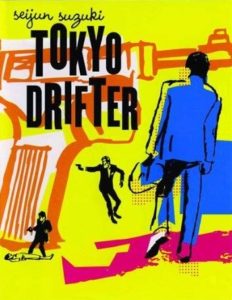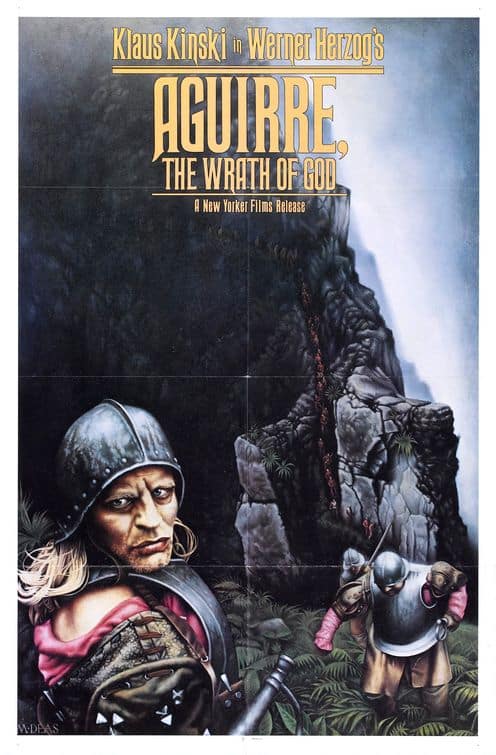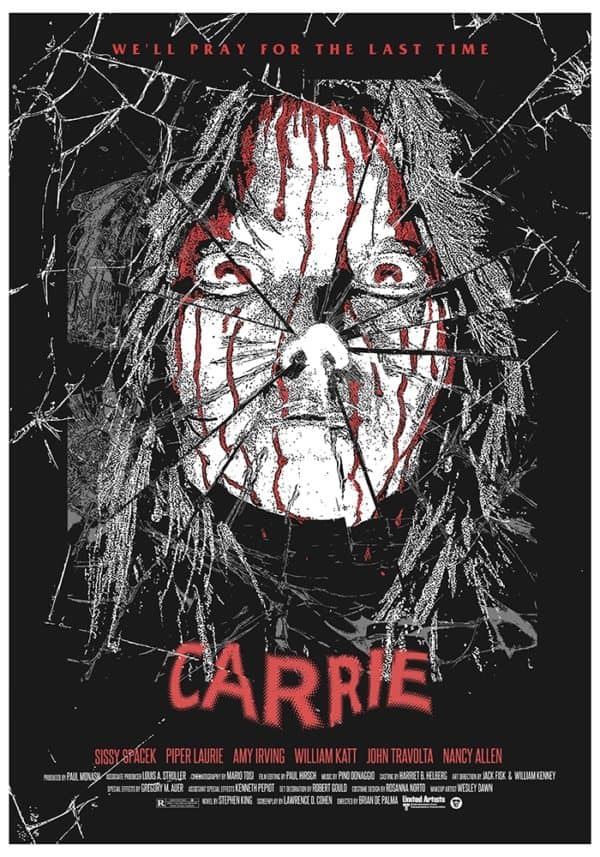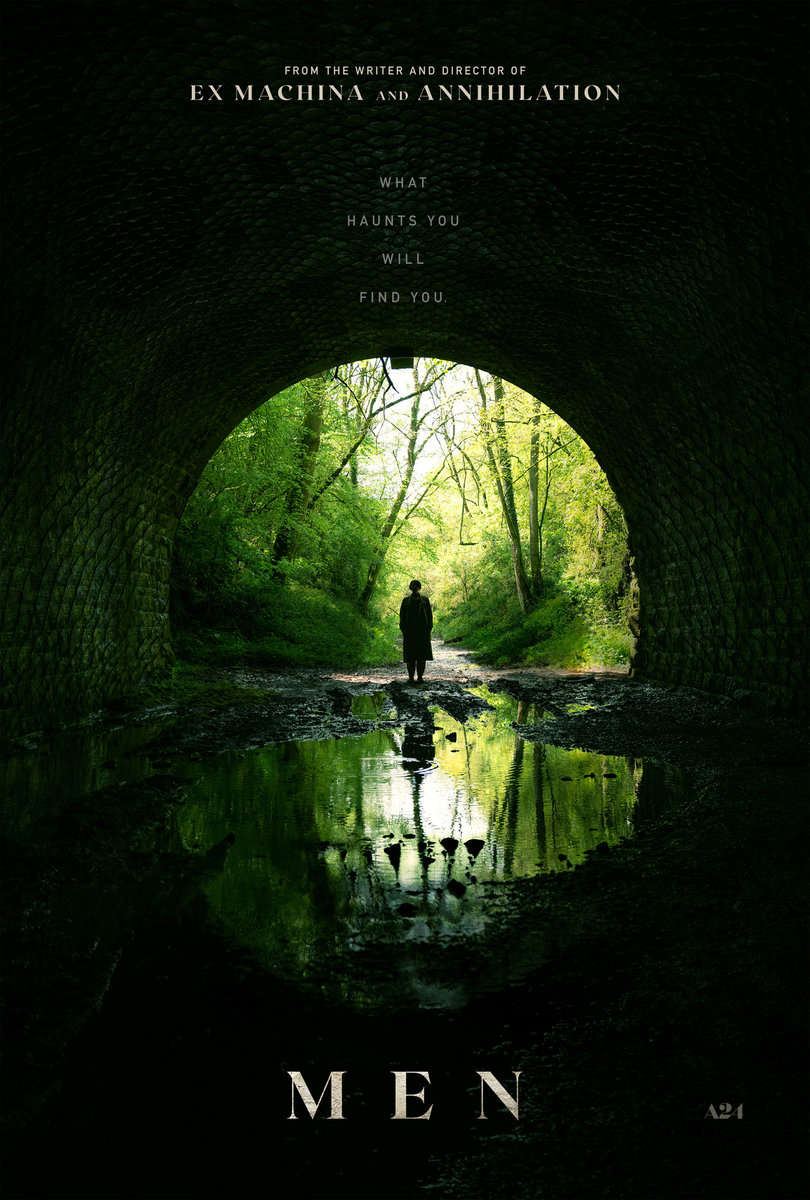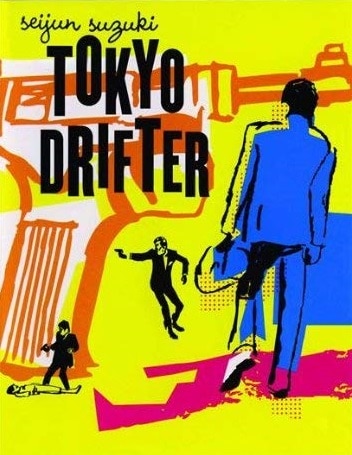
Seijun Suzuki is one of film’s most stylish directors. Nowhere is this more apparent than in his magnum opus Tokyo Drifter, where Suzuki’s bombastic and bizarre indulgences flow unimpeded. Rather than try to balance this out, prolific composer Hajime Kaburagi approaches the film’s score with equal flair.
At first the film plays coy, starting in black and white with minimalist, atmospheric music reminiscent of samurai and western films. It’s a fitting combination, as Tokyo Drifter heavily borrows from these films, applying many of their trappings to a yakuza setting. But this is all a ploy for subversion; the aesthetic parallel does not last.
Very quickly the film is awash in color and jazz pours through the speakers. It comes in silky, subtle interludes, blaring danceable bursts (courtesy of the film’s oft-visited jazz club locale, the “Manhole Jazz Club”), and the crashing intensity of high stakes chases and shootouts. Kaburagi’s relentless jazz usage makes every character, location, and scene ooze cool. But he ensures that no character is cooler than the titular Tetsu.
To accomplish this, Kaburagi gives Tetsu his own theme song, a romantic re-telling of the Tokyo drifter’s exploits: the bane of yakuza and young women alike; the silent, stylish loner with a suit and a gun. Expectedly, the song plays during both opening and closing credits and a brief musical-montage intermission. It does not stop there. Tetsu’s girlfriend, a singer at another jazz club, repeatedly sings it when pining for the drifting Tetsu while Tetsu himself whistles it when his enemies are near; a warning of certain, impending death.
In any other context, a theme song, let alone one so on the nose, and bolstered by such single-minded incidental music would push a film into self-parody. Yet Kaburagi gets away with it by following Suzuki’s lead and embracing the absurdity of extreme panache and bravado, helping make Tokyo Drifter the apex of stylish film.
